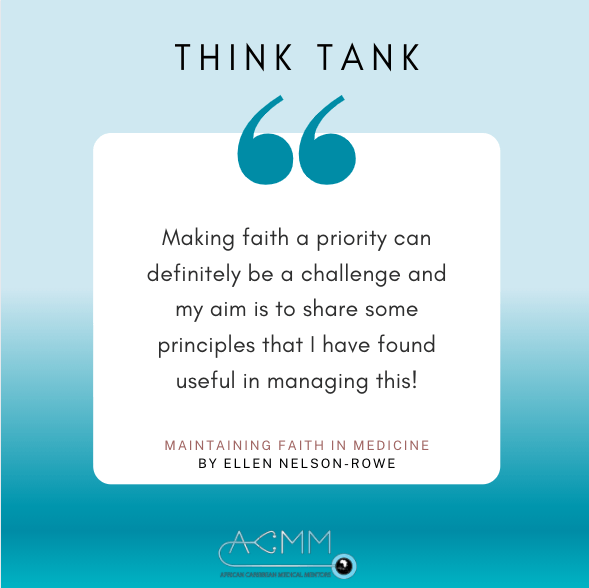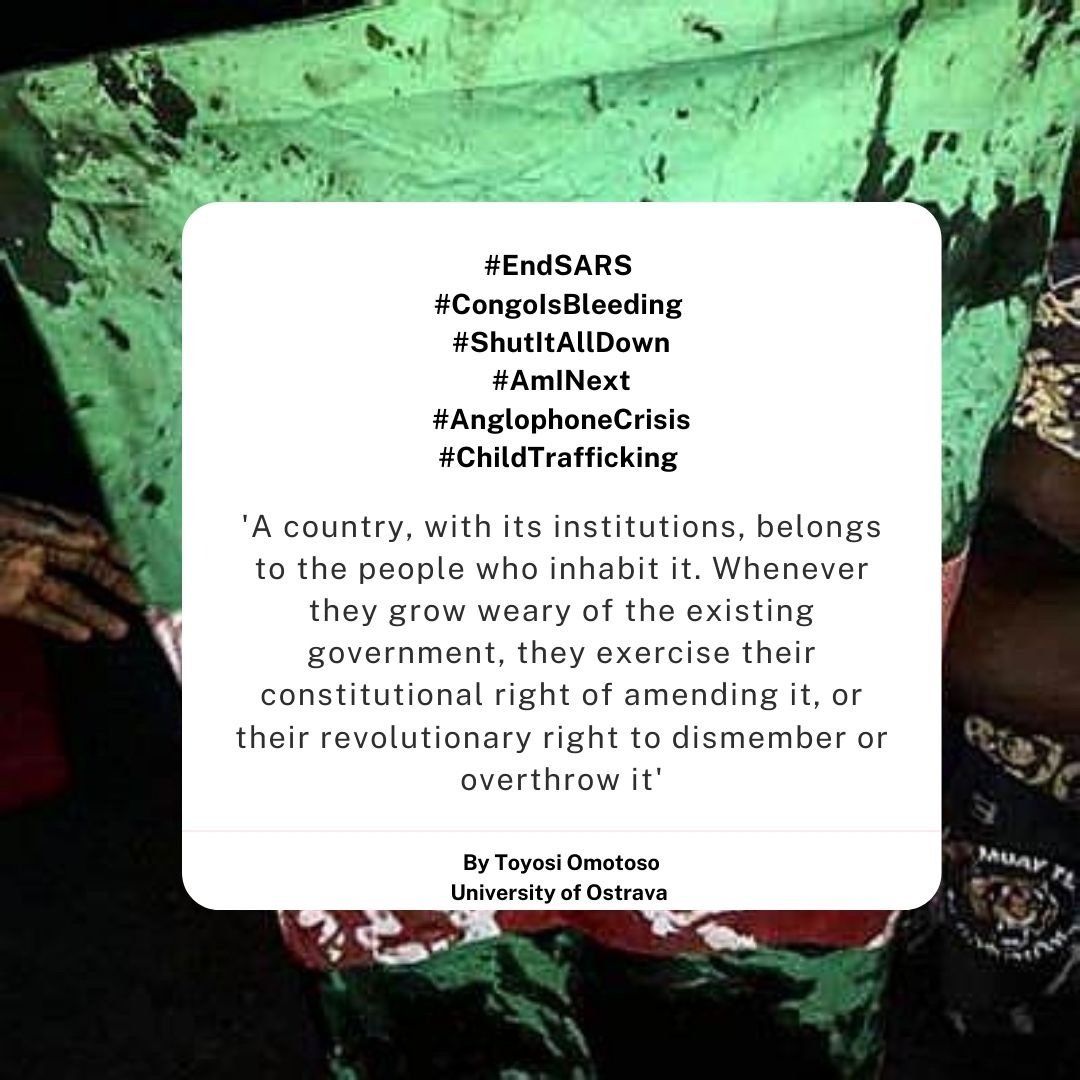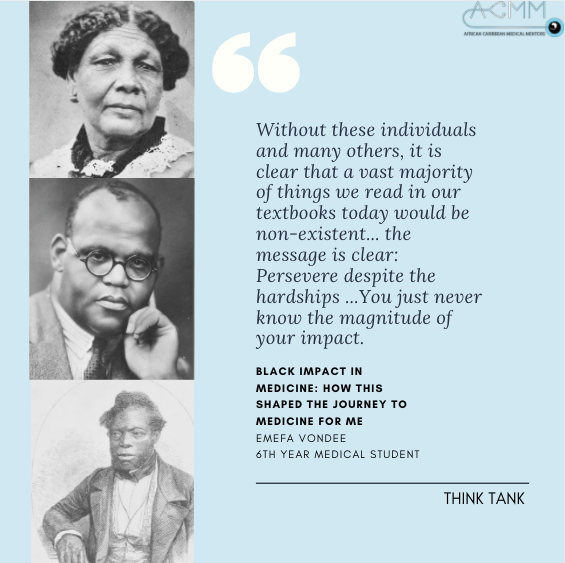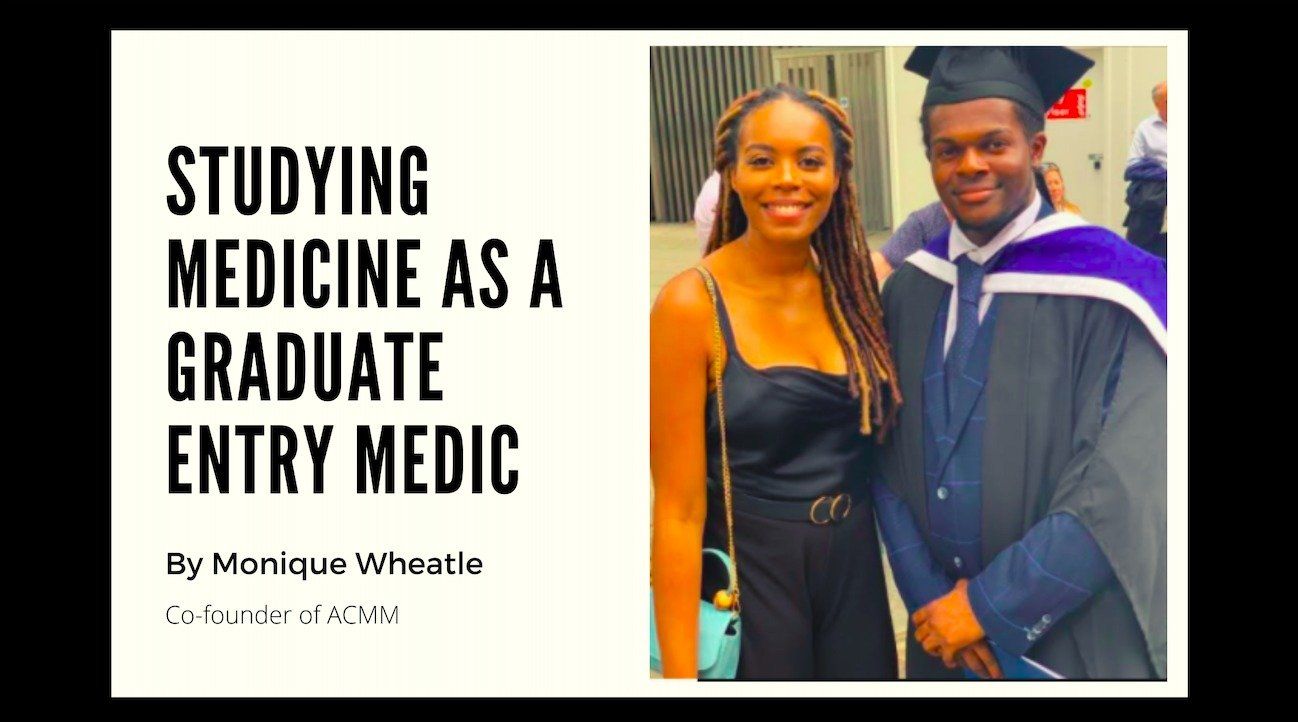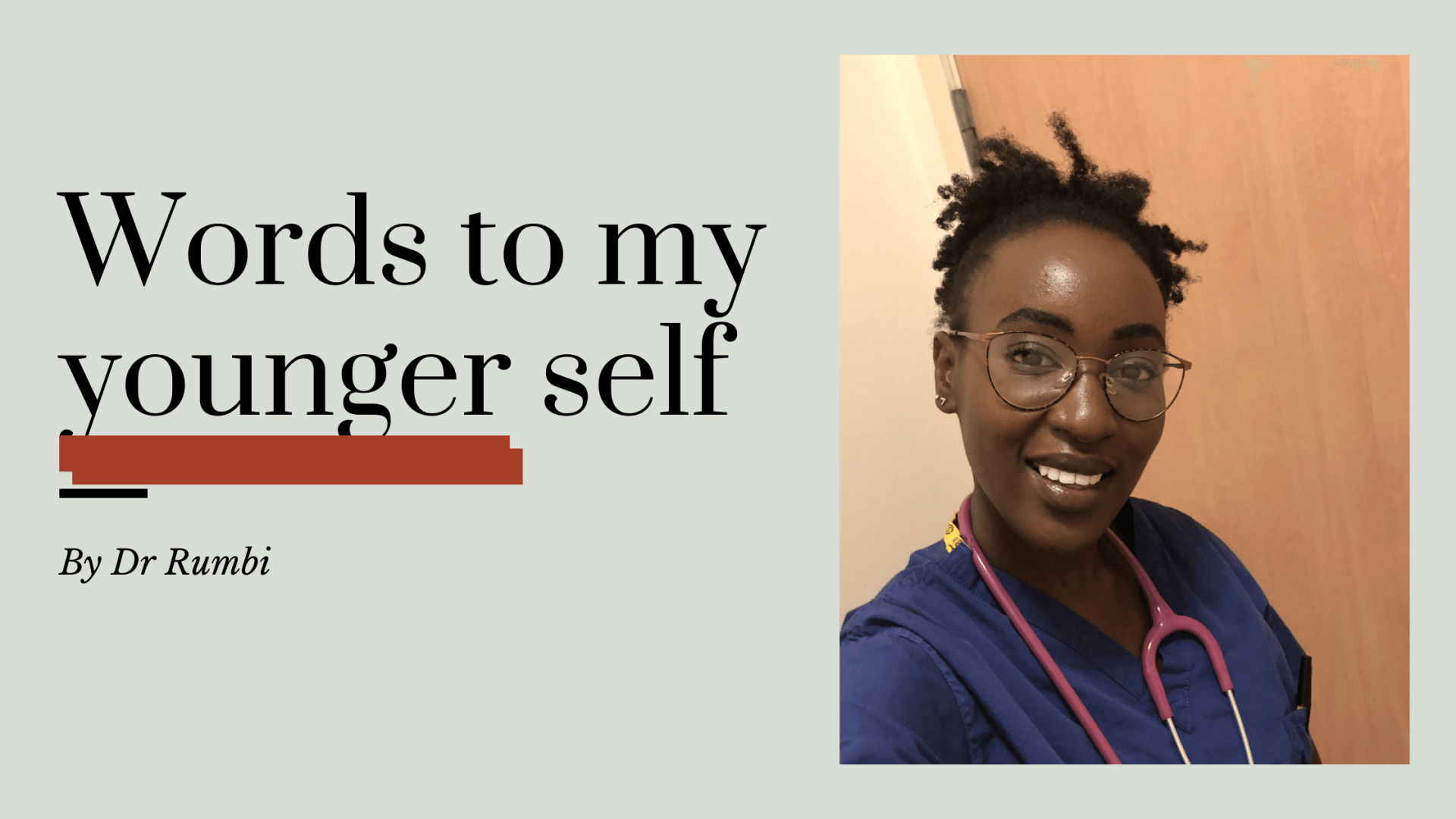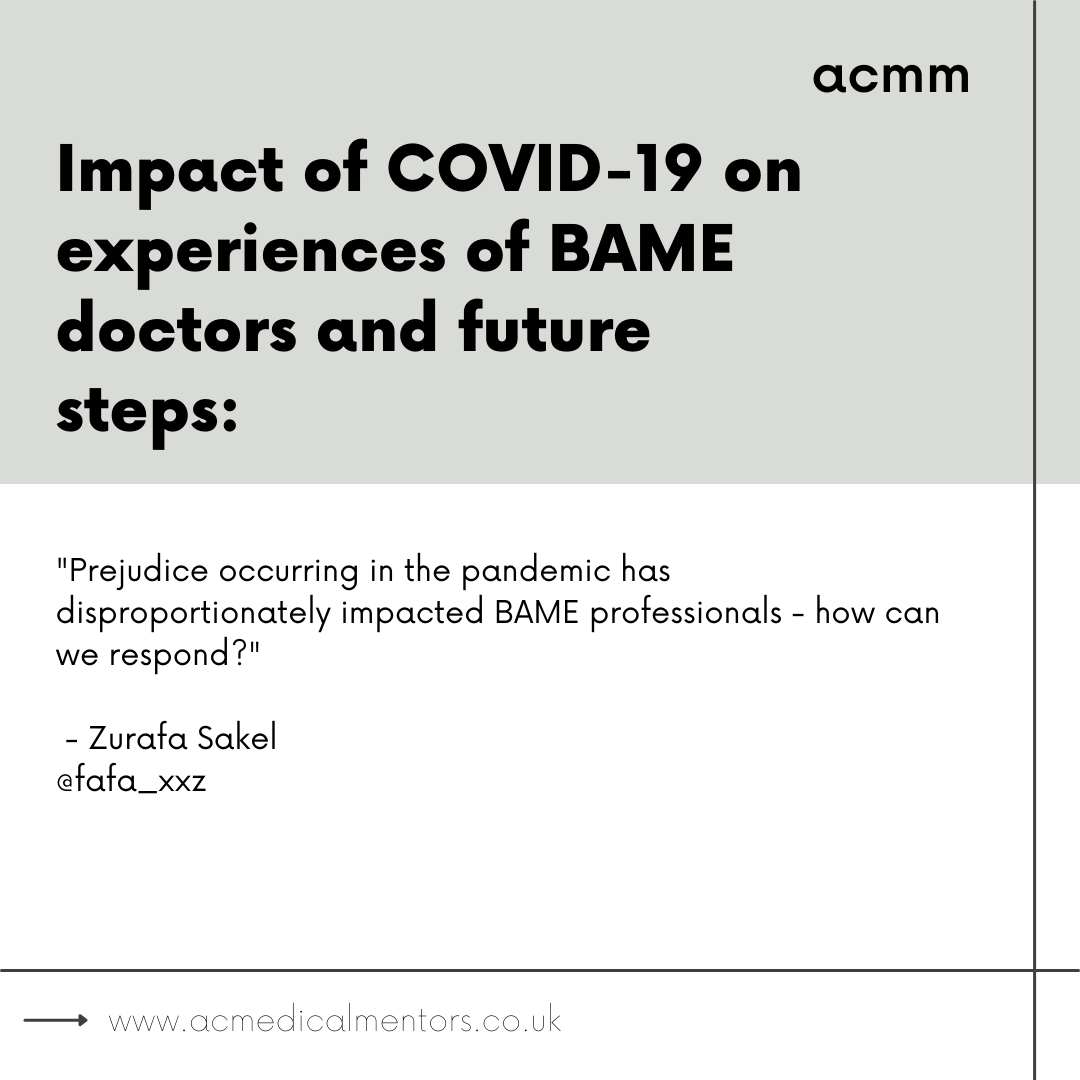COVID-19: An ode to preparedness
A threat to global health has been discussed for many years, with the World Health Organisation (WHO) highlighting this unknown foe as ‘Disease X’. Disease X is defined as the “knowledge that a serious international epidemic could be caused by a pathogen” (1). This pathogen is undetermined, but this phrase is used in order to encompass all types of microorganisms that could cause a danger to our health.
Disease X could turn out to be the revival of an orthopoxvirus or perhaps a little-known neglected tropical disease. However, as of writing this in late April, the first Disease X may well be COVID-19 (caused by SARS-CoV-2) (2). Coronaviruses are single-stranded RNA viruses and usually cause tolerable symptoms seen in mild, cold-like illnesses. (4) However, in recent times, coronaviruses have risen to a global spotlight with previous infections of MERS and SARS due to their severe symptoms. This novel coronavirus is wreaking havoc across many borders. As a result, the public, medical students and professionals are closely examining our preparedness strategies towards this pandemic to protect our public health.
What is preparedness? In its literal definition, preparation is “a state of readiness” for an event. Preparedness is often seen in natural disaster plans for episodes of earthquakes or hurricanes, less commonly observed in the UK. Preparedness unifies proactively making choices to avert a hazard and risk management (3). When hazards are realised in vulnerable populations, they become a ‘disaster’. In the case of a global pandemic, preparedness could involve pre-emptively ordering supplies and ensuring that there is an adequate budget for research.
However, in this current situation, preparedness is no longer a useful term in dealing with this outbreak. One can no longer be ‘proactively’ trying to prevent an outbreak when it is already occurring. Society is currently reacting to this major disruption, whilst keeping an eye to other countries that may be days or weeks ahead of the UK’s timeline.
Is this pandemic a ‘never event'; something that should never have happened? Predicting outbreaks of disease can be arranged to an extent. For example, by using yearly data in tracking the flu, scientists can figure out likely strains in the following year. However, this is less straightforward; particularly as Covid-19’s methods of transmission are still being deciphered. Despite this, now is not the time for wishful thinking. If one traces our steps back to January, different decisions may have led to different outcomes. It is our reactions to this virus from now on that will impact the speed and scope of its spread.
Staying at home and social distancing are initiatives sold to the public in order to “flatten the curve”, reduce further infection, low decrease mortality rates and stabilise our healthcare systems. These public health measures can often go hand in hand with thoughts of ‘overreaction’ (5). Death tolls are still high and, despite infection rates falling, they show no definite signs of plateau. Recent protests against lockdown in America and Brazil are concerned with the harm quarantine is having on their respective economies’ futures (5,6). However, many countries are reaching pivotal points to which the trajectory of disease spread will be directed. As a result, it is imperative that governments do all in their power to reduce their caseload and deaths.
Broadly speaking, public health is to protect and improve the health of many, rather than just the individual. This is through preparedness strategies. Where this does not happen, efforts become reactions to the changing health landscape. This is to buy extra time before a vaccine or treatment is discovered.
There is no telling when this pandemic will ‘subside’. Our next steps will include evaluating our preparedness methods so that we will have the tools to prevent and mitigate against the next ‘Disease X’. For now, social distancing and research will be used to continue to curtail the spread of Covid-19.
Adanna Ewuzie
Year 2 Medical Student at Queen’s University Belfast
Reference list:
-
World Health Organization. Prioritizing diseases for research and development in emergency context. Available at: www.who.int/activities/prioritizing-diseases-for-research-and-development-in-emergency-contexts. Accessed: 21 April 2020.
-
World Health Organization. (2020). Naming the coronavirus disease (COVID-19) and the virus that causes it. Available at: www.who.int/emergencies/diseases/novel-coronavirus-2019/technical-guidance/naming-the-coronavirus-di.... Accessed: 21 April 2020.
-
United Nations Office for Disaster Risk Reduction. (2017). Terminology. Available at: www.undrr.org/terminology. Accessed: 27 April 2020.
-
NIH NIAD. (2020). Coronaviruses. Available at: www.niaid.nih.gov/diseases-conditions/coronaviruses. Accessed: 22 April 2020.
-
German Lopez. (2020). We’re not overreacting to the coronavirus. Available at: www.vox.com/2020/4/17/21220786/coronavirus-pandemic-overreact-social-distancing. Accessed: 17 April 2020.
-
BBC. (2020). Coronavirus: Brazil's Bolsonaro joins anti-lockdown protests. Available at: www.bbc.co.uk/news/world-latin-america-52351636. Accessed: 20 April 2020.

